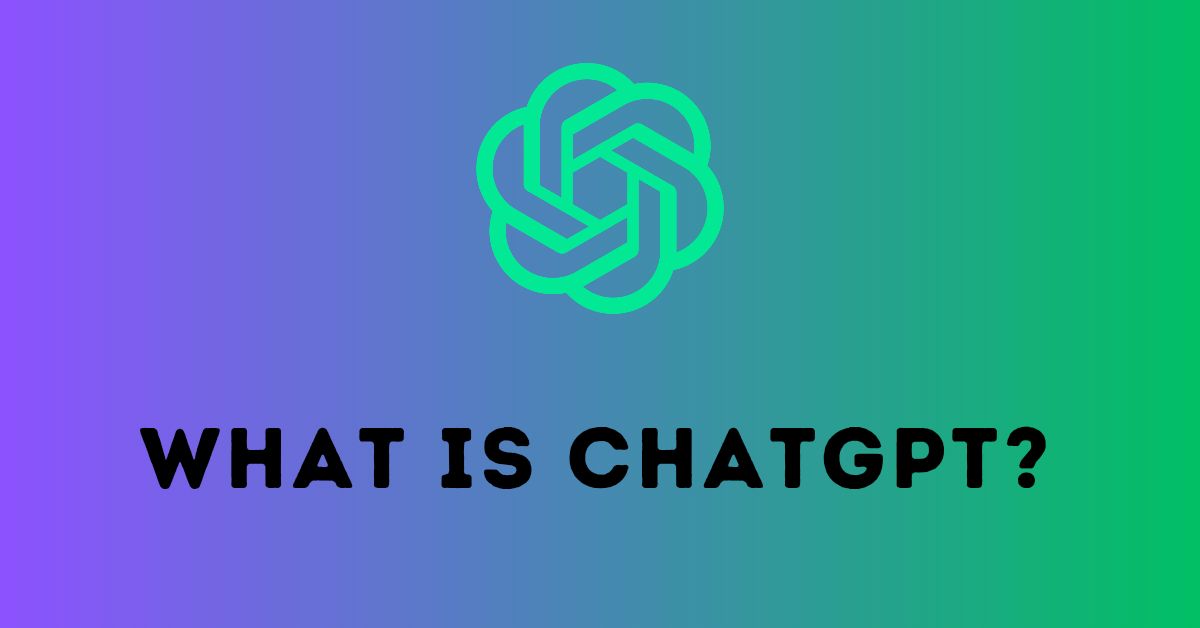
In the realm of artificial intelligence, few innovations have captured the imagination and attention of the world quite like ChatGPT. Developed by OpenAI, ChatGPT stands as a testament to the incredible progress made in natural language processing, paving the way for a new era of human-computer interaction. In this blog post, we will delve into the fascinating world of ChatGPT, exploring its capabilities, impact, and potential applications.
1. The Evolution of Conversational AI:
Conversational AI has come a long way from its rudimentary beginnings. The inception of chatbots marked the initial attempts at creating machines that could engage in human-like conversations. However, their limitations were evident – rigid responses, lack of context, and poor understanding. With the advent of deep learning and neural networks, the stage was set for a transformative leap in conversational AI.
2. GPT-3.5 Architecture:
At the heart of ChatGPT lies the GPT-3.5 architecture, a state-of-the-art language model developed by OpenAI. Standing for “Generative Pre-trained Transformer 3.5,” GPT-3.5 represents a culmination of advancements in deep learning, enabling the model to process and generate human-like text with astonishing fluency and coherence. With 175 billion parameters, GPT-3.5 possesses an unprecedented capacity to understand and generate contextually relevant responses.
3. Unleashing the Power of ChatGPT:
ChatGPT harnesses the GPT-3.5 architecture to engage in conversations that mimic human interaction. Users can input prompts, questions, or statements, and ChatGPT responds with remarkably coherent and contextually accurate replies. The model’s ability to comprehend nuances, adapt to different tones, and provide relevant information has redefined the boundaries of what AI can achieve in conversational contexts.
4. Real-World Applications:
The versatility of ChatGPT opens the door to a wide range of practical applications across various industries:
– Customer Support: ChatGPT can handle customer queries, providing instant assistance and freeing up human agents for more complex tasks.
– Content Creation: From drafting articles and blog posts to generating marketing copy, ChatGPT offers a helping hand to content creators.
– Language Translation: ChatGPT can facilitate cross-language communication by translating text in real-time.
– Education: The model can serve as a personalized tutor, explaining concepts and answering students’ questions.
– Creative Writing: ChatGPT’s imaginative responses can inspire writers and artists, sparking new ideas and narratives.
5. Ethical Considerations:
As with any technology, ChatGPT raises ethical concerns. The potential for misinformation, biased responses, and misuse requires careful monitoring and responsible deployment. OpenAI has taken steps to mitigate these risks, but ongoing vigilance is essential.
6. The Road Ahead:
The journey of ChatGPT is far from over. As research continues and the AI landscape evolves, we can anticipate even more sophisticated versions that push the boundaries of conversational AI. As users, developers, and stakeholders, it is our collective responsibility to shape the trajectory of AI development for the betterment of society.
Conclusion:
ChatGPT stands as a testament to the remarkable strides made in the field of conversational AI. Its ability to engage in natural, context-aware conversations has far-reaching implications across industries and sectors. As we navigate the intricacies of integrating AI into our lives, responsible development and ethical considerations remain paramount. With the ongoing advancements in AI technology, the future promises even more exciting developments in the realm of human-computer interaction.